Lake Balaton Creates Microclimate for Wine Making
1Hungary’s Lake Balaton was once five separate water bodies laid out in a row. Over time, tidal erosion knocked down the earthen barriers between them and created the freshwater lake that exists today.
As the largest lake in Central Europe, Balaton is one of the continent’s most famous tourist destinations. Part of this notoriety comes from the climate the lake helps create within the mountainous region.
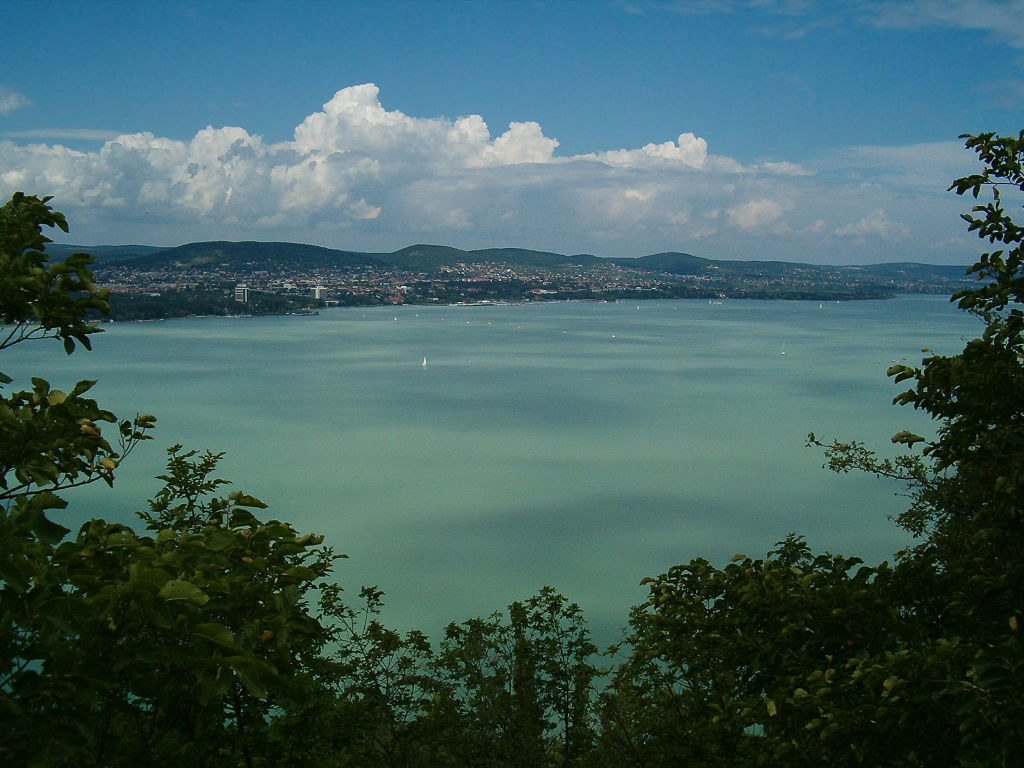
Lake Balaton. (Credit: Wikipedia User Susulyka via Creative Commons)
Hallmark’s of this climate are more precipitation, milder temperatures and cloudy days. Combined with the reflectance of the lake’s surface, Balaton’s microclimate is ideal for viniculture, or wine-making. These conditions are fairly consistent from May to October each year.
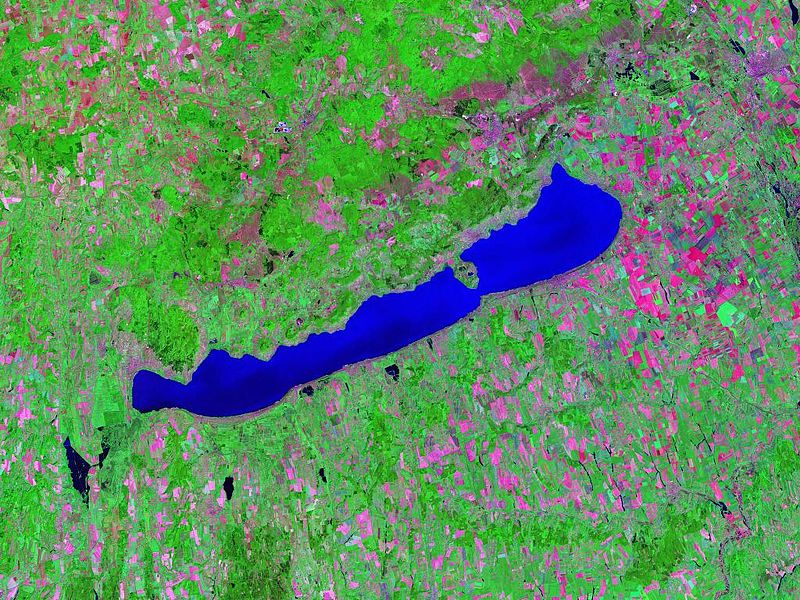
Lake Balaton, as imaged from space, 2000. (Credit: NASA Landsat)
Lake Balaton differs from other lakes in Central Europe because of its chemical composition, which is heavy in carbonates and sulfates. But it still supports diverse plant and animal life, including rare water birds and a number of fish species, like perch and Razor fish.
Lake Balaton was formed less than 1 million years ago. Its name in Hungarian derives from a slavic word meaning mud or swamp.




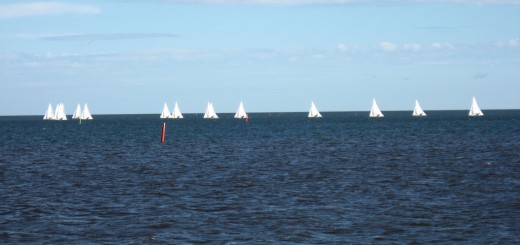
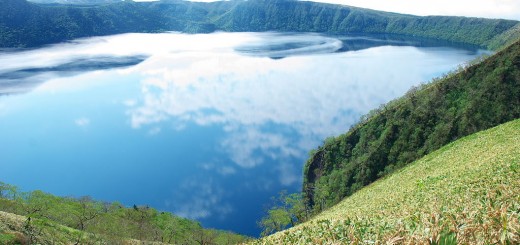
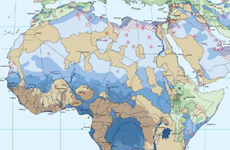
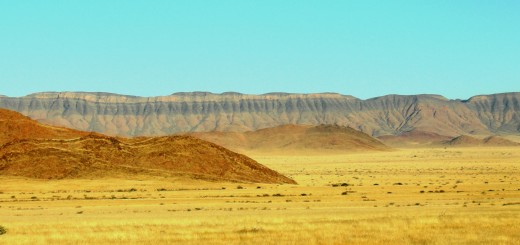






[…] oldest wine region in the world, produces much of its wine in Tokaj and Eger. But the Balaton area has a special microclimate, thanks to the lake itself – the precipitation in the area is above […]